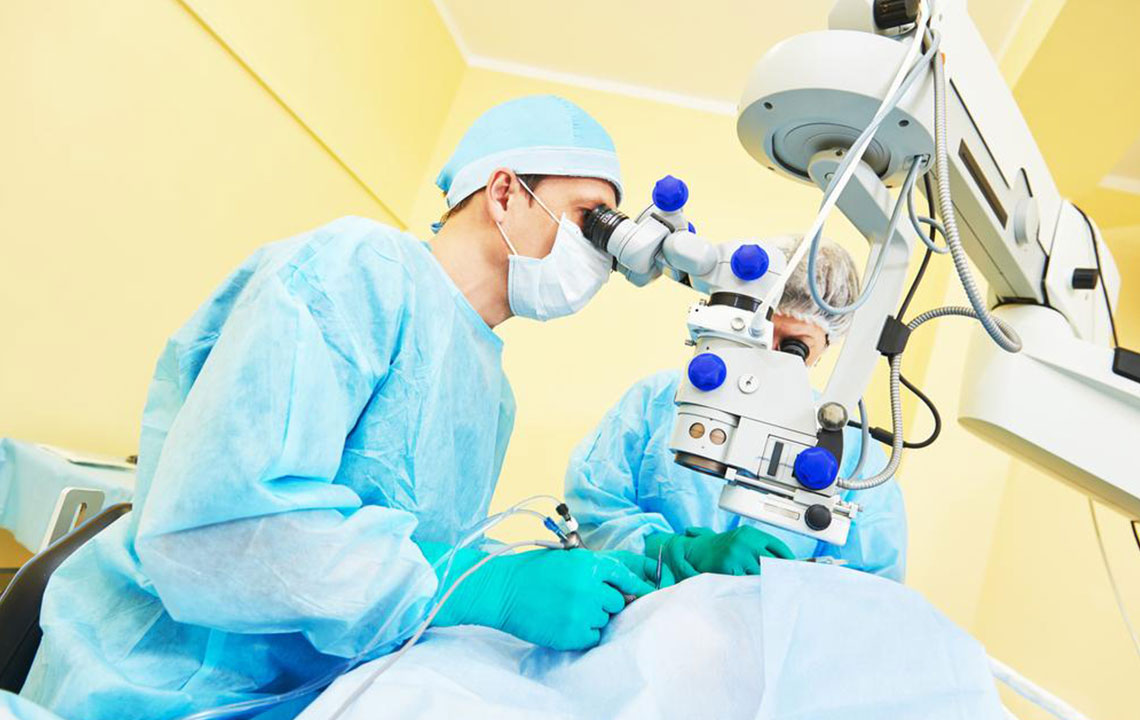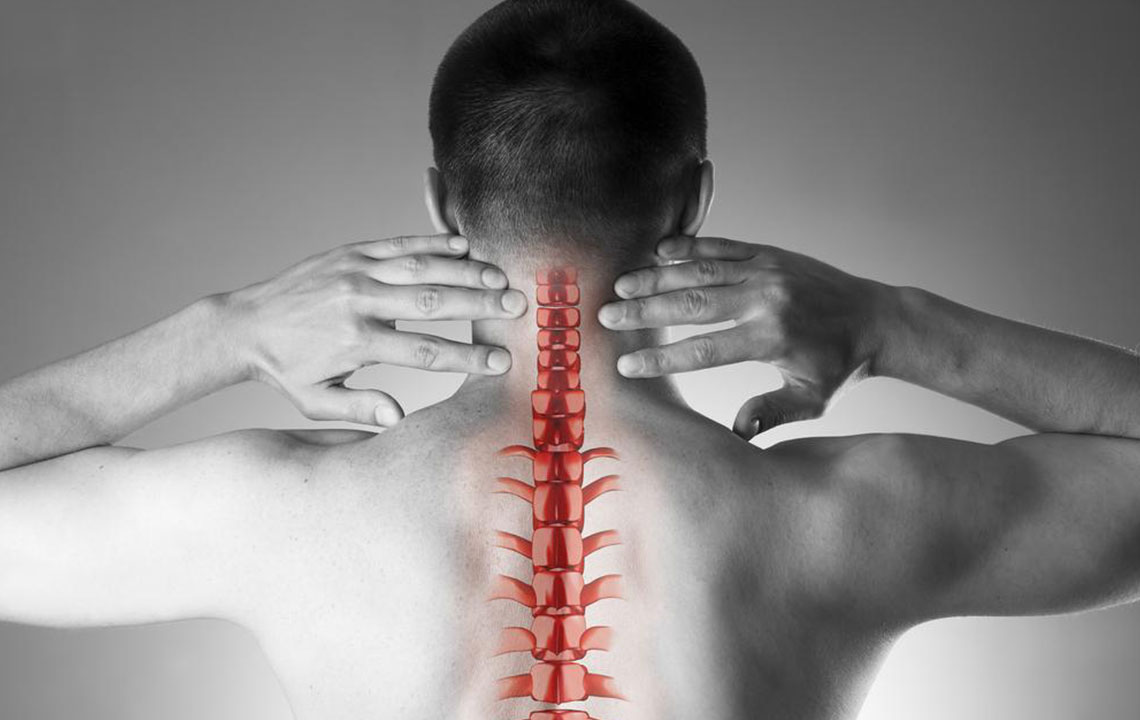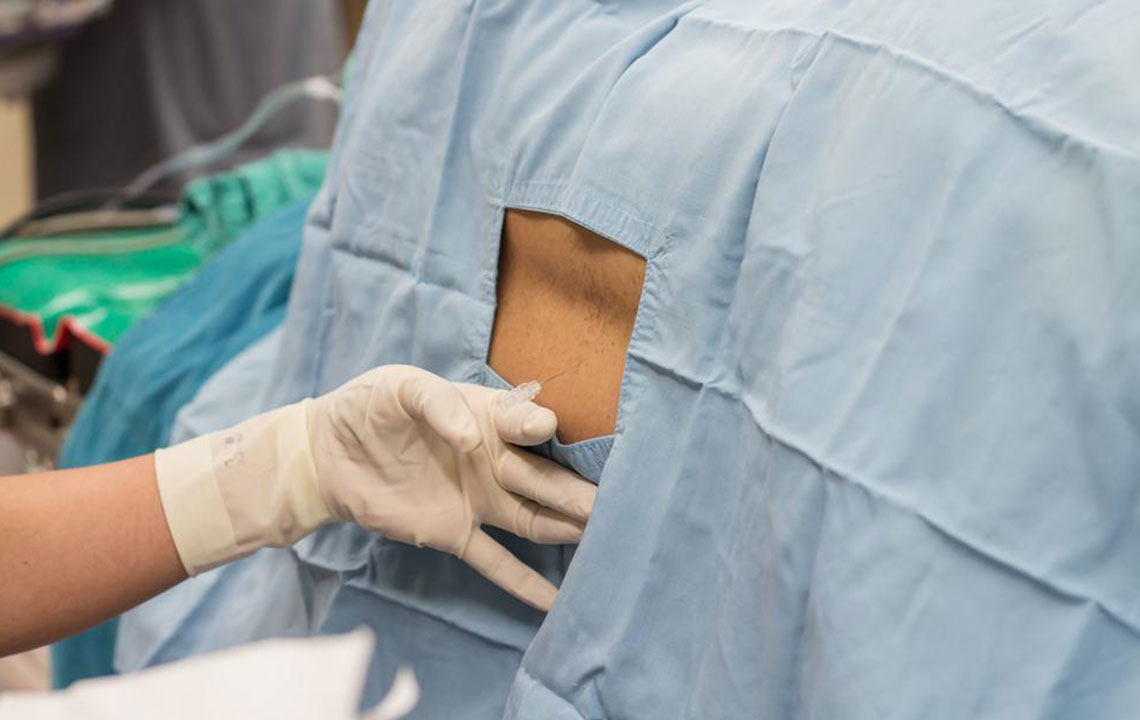Comprehensive Guide to Laser Surgery for Spinal Stenosis
This detailed guide covers laser surgery options for spinal stenosis, highlighting minimally invasive techniques, pre-surgery assessments, and postoperative care. It provides essential insights for patients considering surgical intervention for relief from nerve compression and pain, emphasizing safety, recovery, and the importance of professional consultation. Aimed at educating individuals about modern treatments, the article clarifies benefits and precautions involved in laser spinal stenosis surgery.
Understanding Laser Surgery for Spinal Stenosis
Complete overview of laser procedures for spinal stenosis
Spinal stenosis is a condition where the spinal canal narrows, impacting both the nervous and skeletal systems. As defined by medical sources, it involves constriction of the spinal space, pressing on nerves or the spinal cord. Symptoms often include stiffness, weakness in limbs, and in severe cases, loss of bladder or bowel control. Mild cases are typically managed with conservative methods like physical therapy and exercises.

For severe cases, surgical interventions provide lasting relief from pain and discomfort. Laser spine surgery is a minimally invasive technique that minimizes tissue disruption and promotes quicker recovery. Using a Holmium laser inserted through tiny incisions, this procedure targets compressed nerves and damaged tissue. This approach reduces post-surgical pain, accelerates wound healing, and lowers infection risks.
Prior to surgery, thorough assessment by a healthcare professional is essential. Indicators for considering laser surgery include leg or arm weakness, difficulty walking, unrelieved pain after medication, and reduced mobility affecting quality of life. The goal is to decompress nerves by removing protruding disc material or bone spurs, often using robotic assistance to enhance precision. Laser surgery allows precise cutting of disc tissue and removal of obstructive structures, providing effective nerve decompression.
Postoperative care is vital for successful recovery. Patients should adhere to medical advice, monitor symptoms, and attend follow-up visits. Activities like prolonged sitting should be avoided initially, and medications should be taken as prescribed. Refraining from driving for at least two days is recommended, along with gentle movement to prevent stiffness. Though still emerging, laser spinal stenosis treatment is gaining recognition due to its safety profile and minimally invasive nature. Consulting multiple specialists before proceeding ensures informed decision-making.









